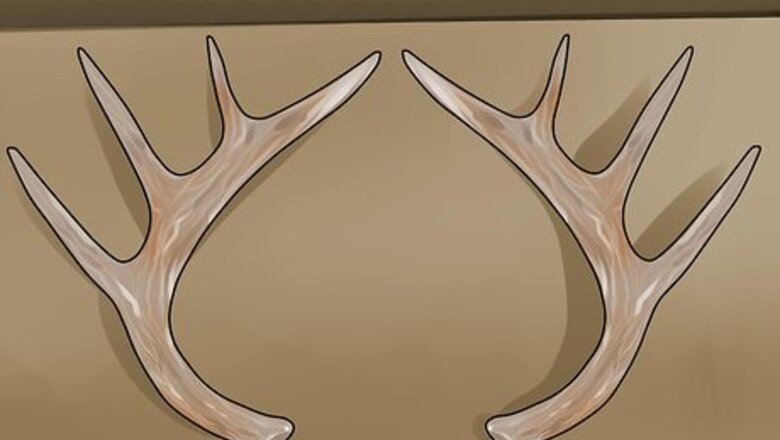
views
Preparing the Antlers
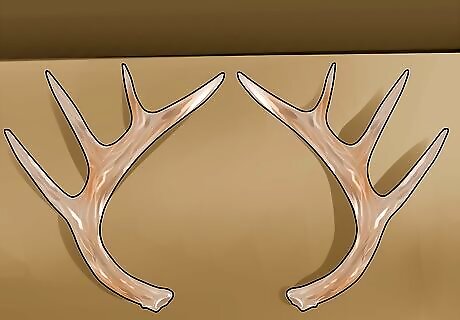
Dry the antlers thoroughly before you try to score them. It usually takes about 60 days to dry the antlers.
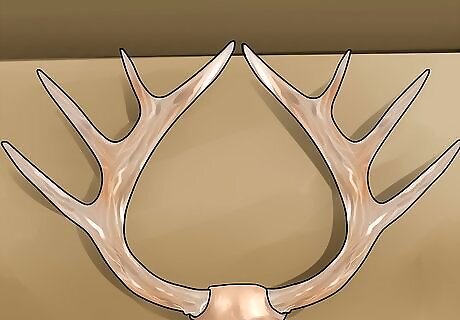
Make sure the antlers are dry and the skull plate is intact if you want to request an official measuring by a Boone and Crockett representative. This is only necessary if you are trying to make it into the Boone and Crockett official records.

Go to the Boone and Crockett website. Hover over the tab entitled “Big Game Records.” Scroll and select “Scoring Your Trophy.”
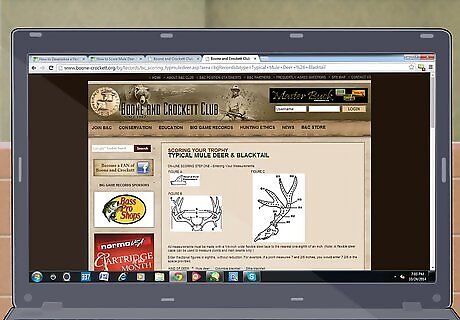
Opt to print out a PDF of the scoring sheet or click directly on the link that reads, “Typical Mule Deer & Blacktail.”
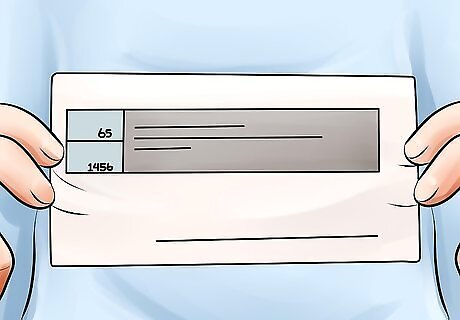
Request a score sheet from the Fish, Wildlife and Parks if you have a mule deer tag in your area.
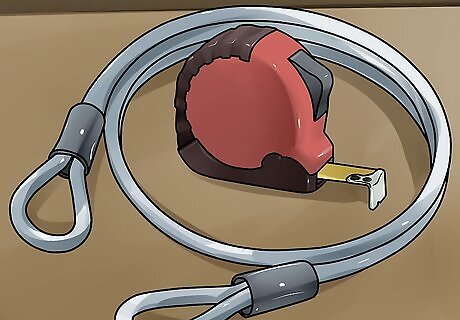
Arrange two ways of measuring. You can use a ¼-inch steel measuring tape for the straight measurements. Then, you should place a yardstick down and use a flexible steel cable to wrap around the circumference of the antlers. You will lay the flexible steel cable out across the yardstick to find the exact circumferences. Measurements should be taken to the eighth of an inch.
Measuring Antler Points
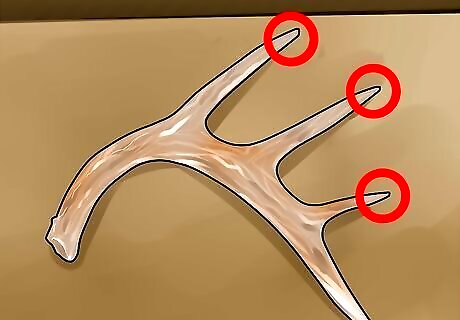
Count the number of points on each antler. The points must be one inch (2.5cm) or more from the tip of the point to the edge of the beam. Enter the number of points on the left antler and the number of points on the right antler.
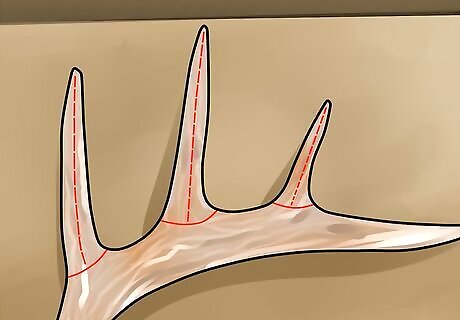
Identify the number of abnormal points. These are any points originating from the bottom or sides of the beams, outside of the normal five points per antler.
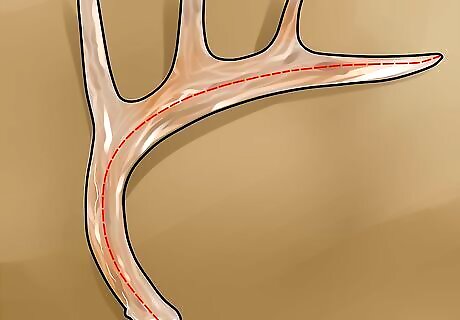
Measure the length, from beam to tip, of the normal points, one at a time. There should be spaces from one to four. Any additional points can be tallied in the abnormal points section. The tips of the main beams are not considered points in the same sense.
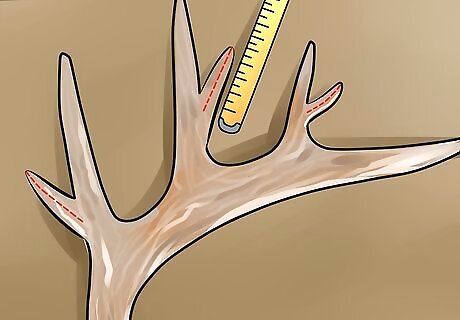
Measure the length of the abnormal points. There should be five spaces on each side for abnormal point lengths. If there are more, you can add them together with the point lengths in the final space.
Measuring Antler Spread
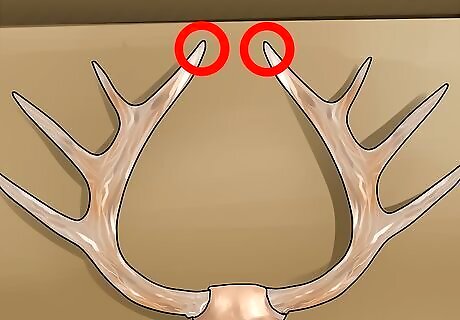
Identify the tips of the main beams. These often loop inward off of the front of the beams. This is called the tip-to-tip spread and it is the inner space between the tips of the main beams.
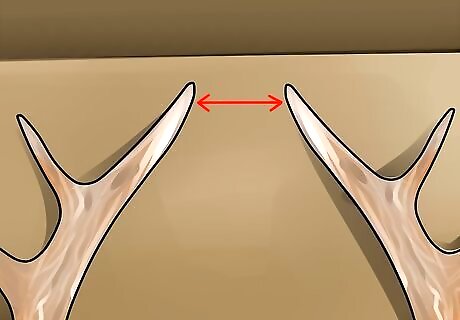
Move to the greatest spread. Measure the space between the outermost points of the antlers on each side. It can be measured across the main beams or points, depending upon which is wider.
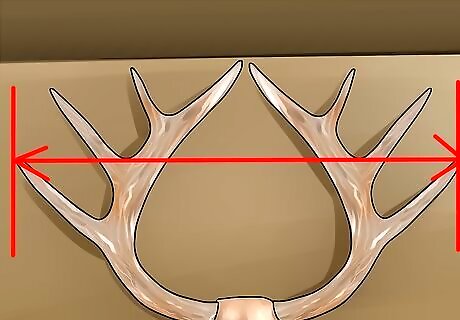
Measure the inside spread of the main beams. This is the inside area between the beams, not the tips, from left to right.
Measuring Antler Circumference
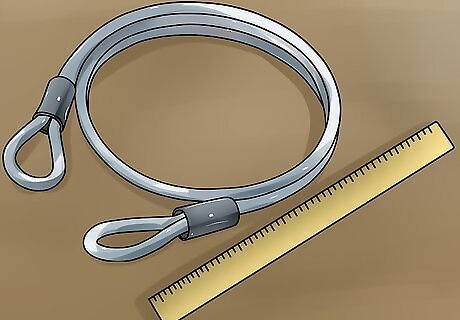
Use your flexible steel cable and yardstick for this section.
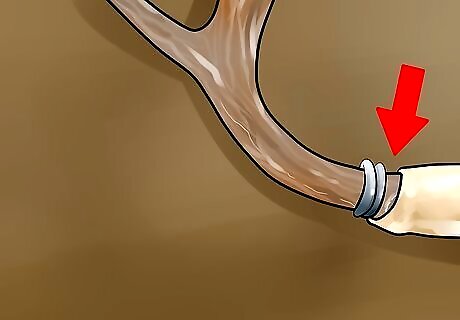
Wrap your steel cable around the right antler between the burr of the antler, where it starts and the first point. Wrap it around the thickest point and mark it with your thumb until you can measure it against the yardstick. Repeat on the left antler.
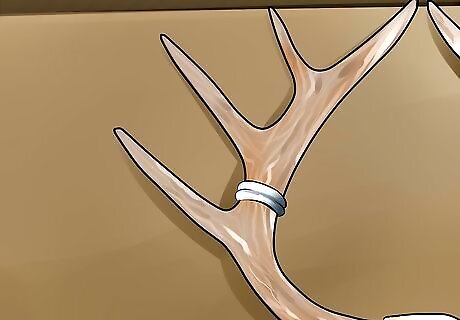
Wrap the cable around the circumference of the antler between the first and second points, at the widest point. Write it down and repeat on the left side.
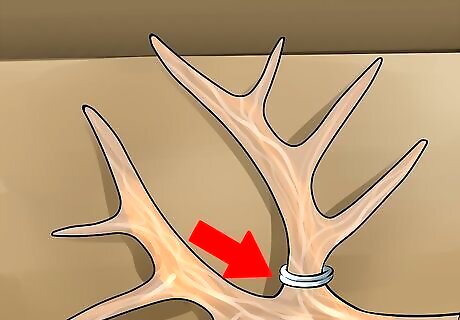
Wrap the cable around the angler between the main (front) beam and the third point. Measure it and mark it. Repeat on the left side.

Wrap the cable around the antler between the second and fourth points. Measure, mark and repeat on the left side.
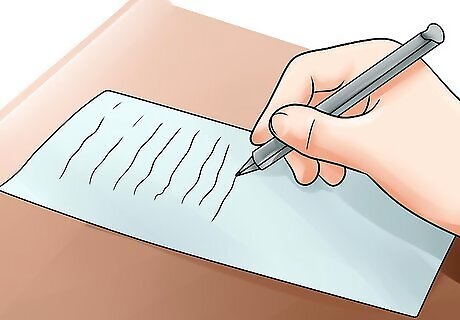
Give information on your name, personal information and the location the deer was found to submit it for official scoring. You may need to make your antlers available for official scoring to be accepted into a hunting organization’s record books.
















Comments
0 comment